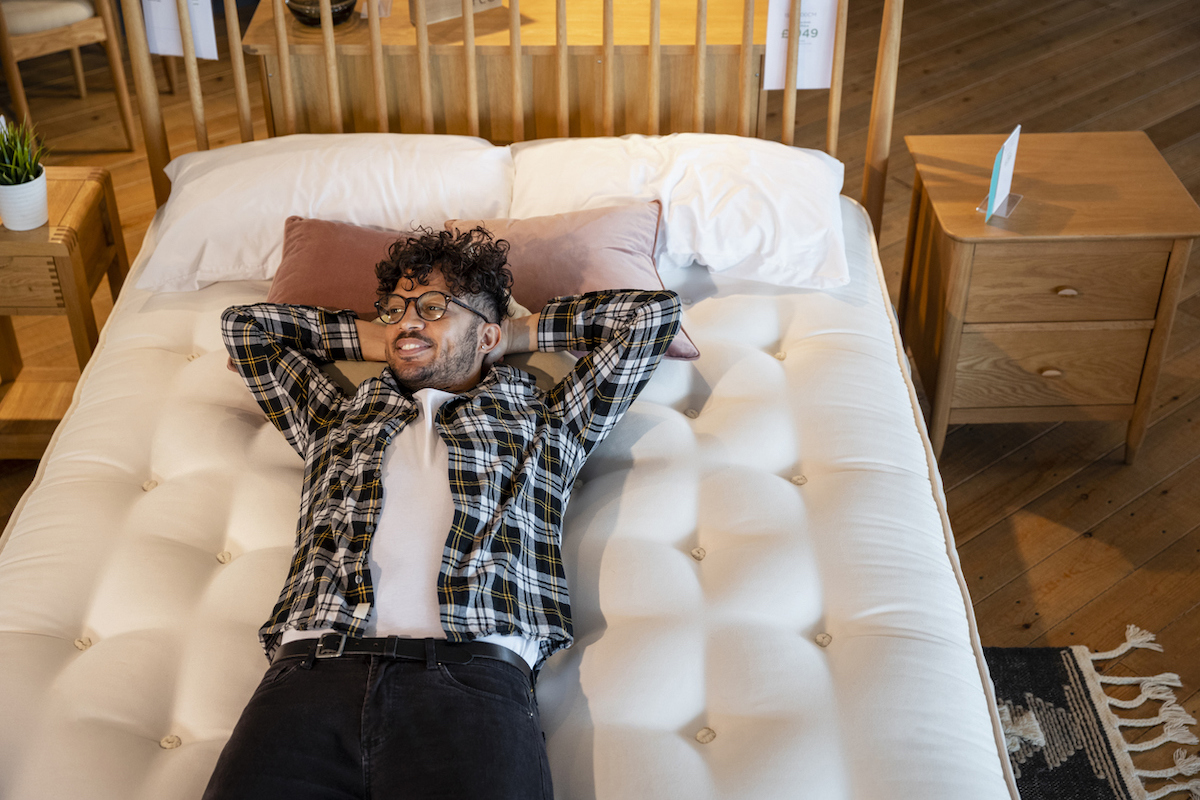We may earn revenue from the products available on this page and participate in affiliate programs. Learn More ›
Getting a good night’s sleep can be critical for health and happiness. If a mattress is uncomfortable or more than 10 years old, it may be negatively affecting sleep and time to look for a new one. However, buying a new mattress can be a daunting task. Beyond selecting a brand and deciding how soft or firm you want it to be, there’s also the decision about a box spring. While most people assume they need a wood box spring to support a mattress, there are many box spring alternatives that provide an effective support system.
According to the Sleep Foundation, all mattresses need a firm, solid foundation to lay on. Up until about a decade ago, a box spring was usually necessary when buying a new mattress. However, many modern mattresses, especially foam and latex versions, do not require a box spring. Whether you are looking for a new twin-, full-, queen-, or king-size bed, consider the following options as an alternative to box springs.
1. Wood Slat Support
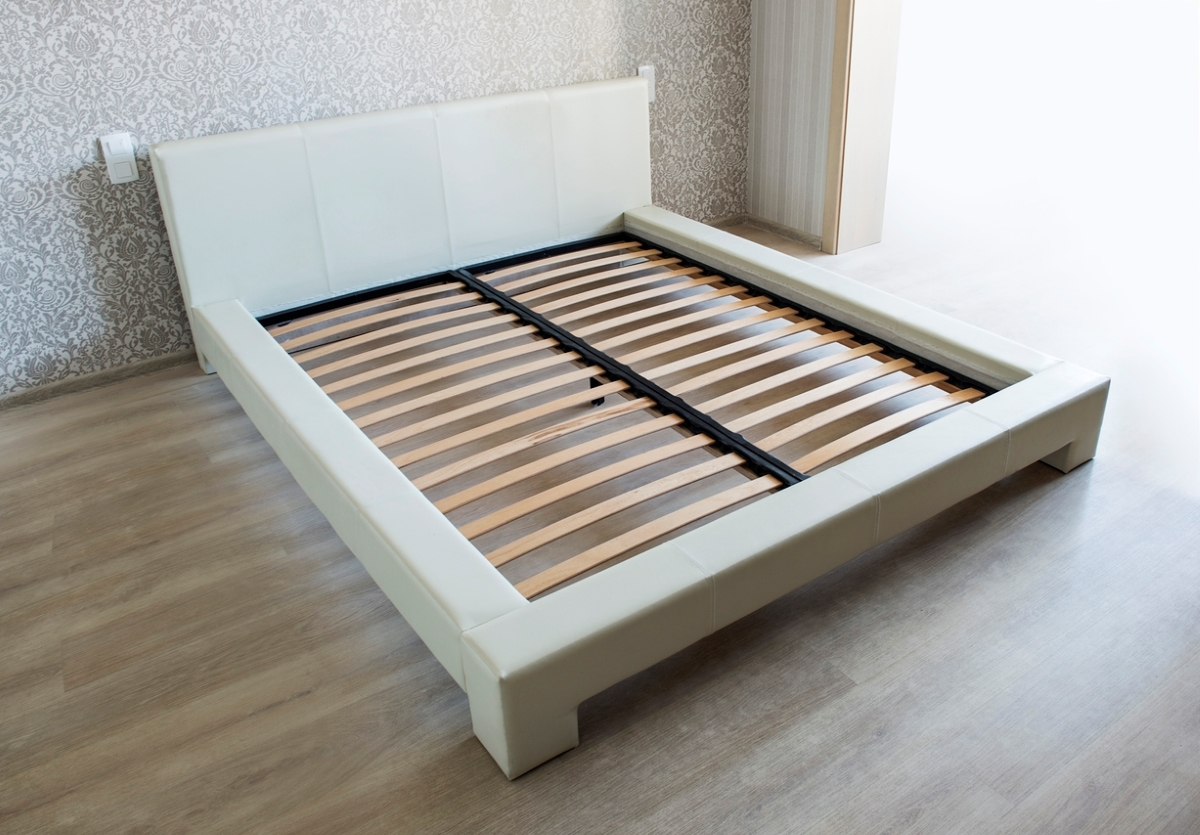
Ever wonder about the difference between a box spring vs. slats? A wood slat support system is part of a wooden or metal bed frame with wooden slats that are consistently spaced between 2 and 5 inches apart. The space between slats allows for air circulation.
Most are upholstered in breathable fabric to protect the bottom of the mattress from tearing. They provide a steady, firm surface for a mattress to rest on, and they work well for heavy foam beds. They are also better at isolating motion than box springs, and the slats help prevent the mattress from sagging in the middle.
2. Platform Bed
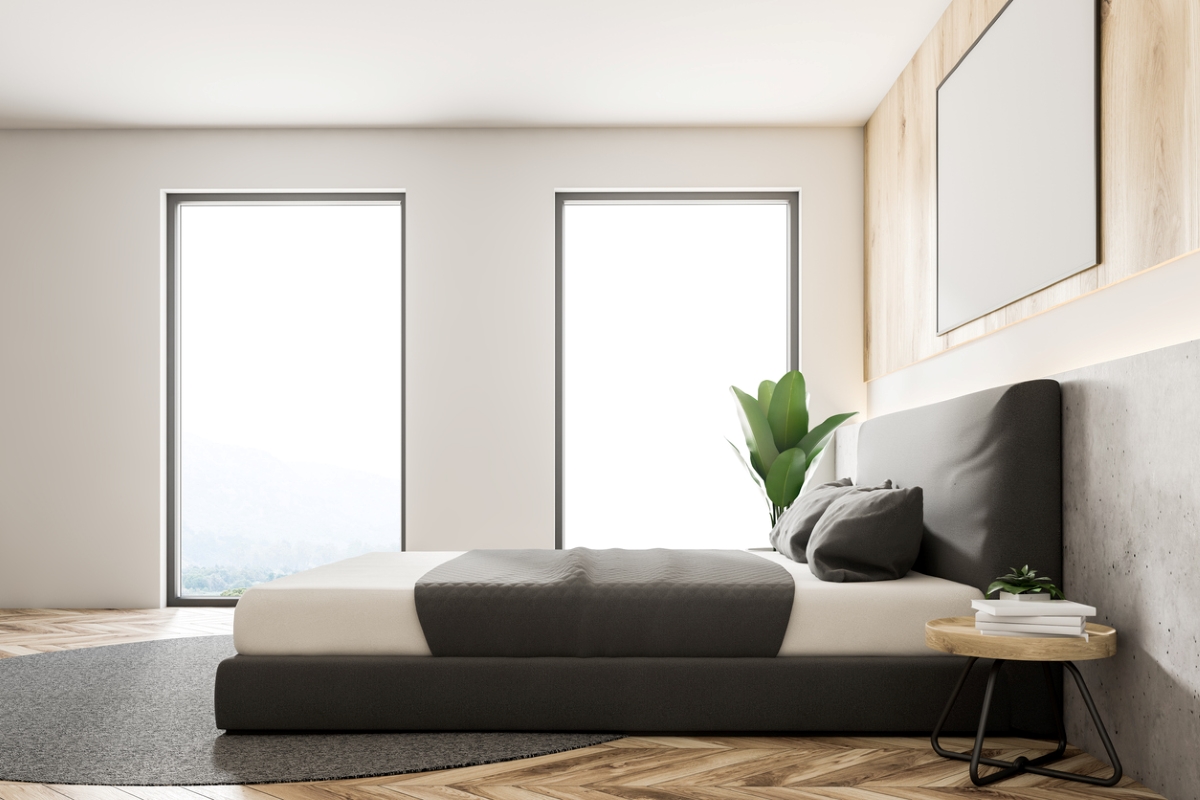
By combining both a foundation and a metal or wooden frame to keep the mattress off the ground, a platform bed is a solid structure that offers an all-in-one solution. Often lower to the ground than a box spring, it offers a modern, low-profile design. However, the lower height can be problematic for people with mobility issues.
Platform beds often come with detachable legs so a bed frame can be used if desired. Some platform beds include storage space, including drawers, shelves, and cubbies for under the mattress. Platform beds tend to be a pricier option than other box spring alternatives.
3. Adjustable Bed
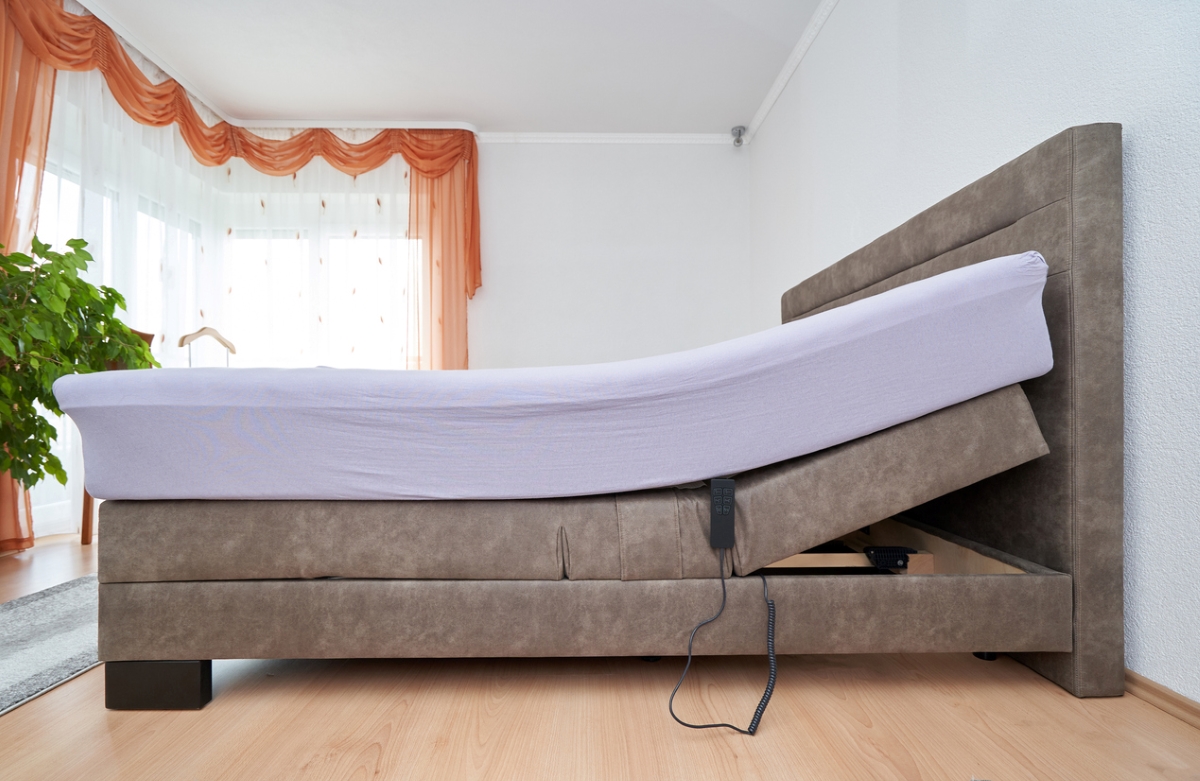
As the most luxurious and expensive option, an adjustable bed provides a motorized mattress foundation that allows the user to choose the angle and height of the bed to optimize comfort. These beds consist of a sleeping surface, the flat area to hold the mattress, and a joint assembly, which adjusts the position of the sleeping surface.
Modern adjustable beds are sleek and look like a platform bed when in the flat position. A remote control is used to adjust the angle of the mattress, and many high-end models also come with USB charging ports, customizable presets, massage features, and lighting.
These beds are convenient for those who enjoy sitting up in bed to read or watch television and for people who have limited mobility, chronic pain, and sleep apnea. An adjustable bed frame can only be used with certain mattresses like memory foam mattresses, hybrid mattresses, and latex mattresses.
4. Coconut Coir Bed Rug
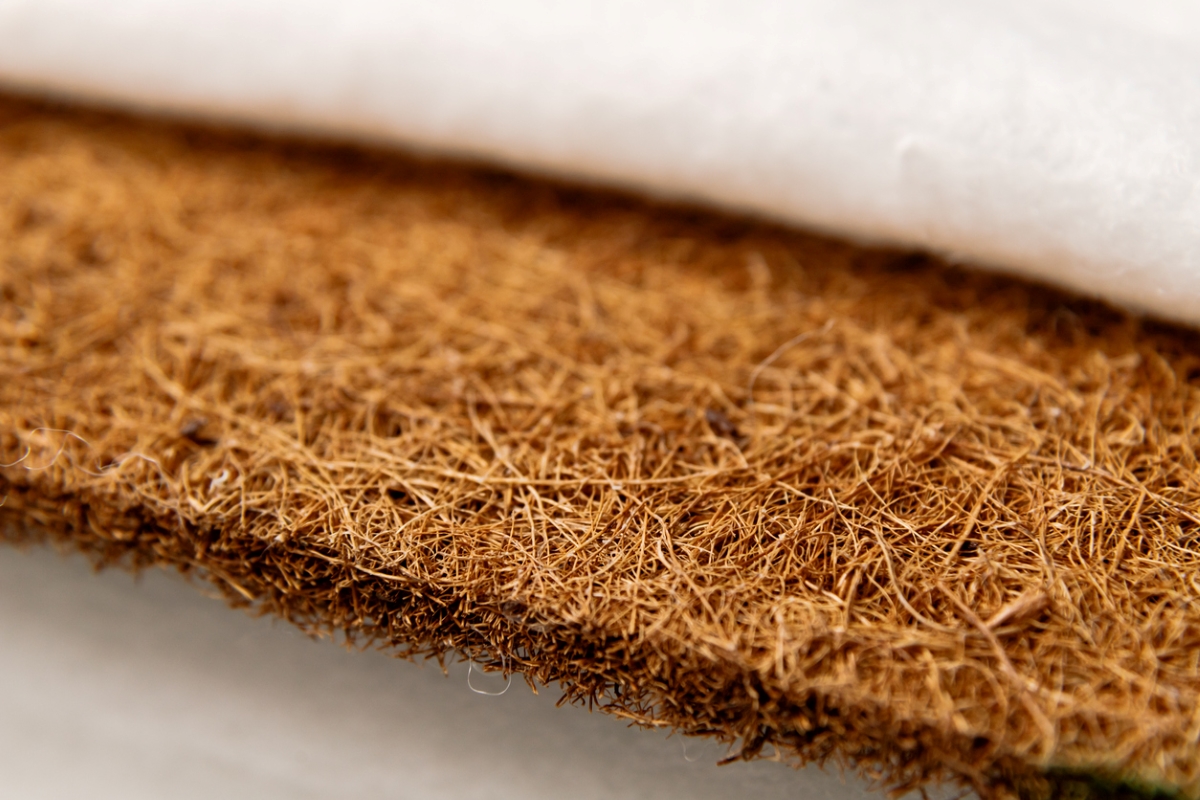
Another box spring stand-in is a coconut coir bed rug. Coconut coir consists of the fibrous material found between the hard internal shell and the outer coat of a coconut. A coconut coir bed rug is a 1-inch mat made of coir and natural latex.
Because of the coconut coir’s porosity, it is a natural way to ensure air flow under a mattress while also providing insulation. This helps extend the life of the mattress and prevent mold and mildew.
RELATED: 10 Ways to Make a Bad Mattress More Comfortable
5. Memory Foam Mattress
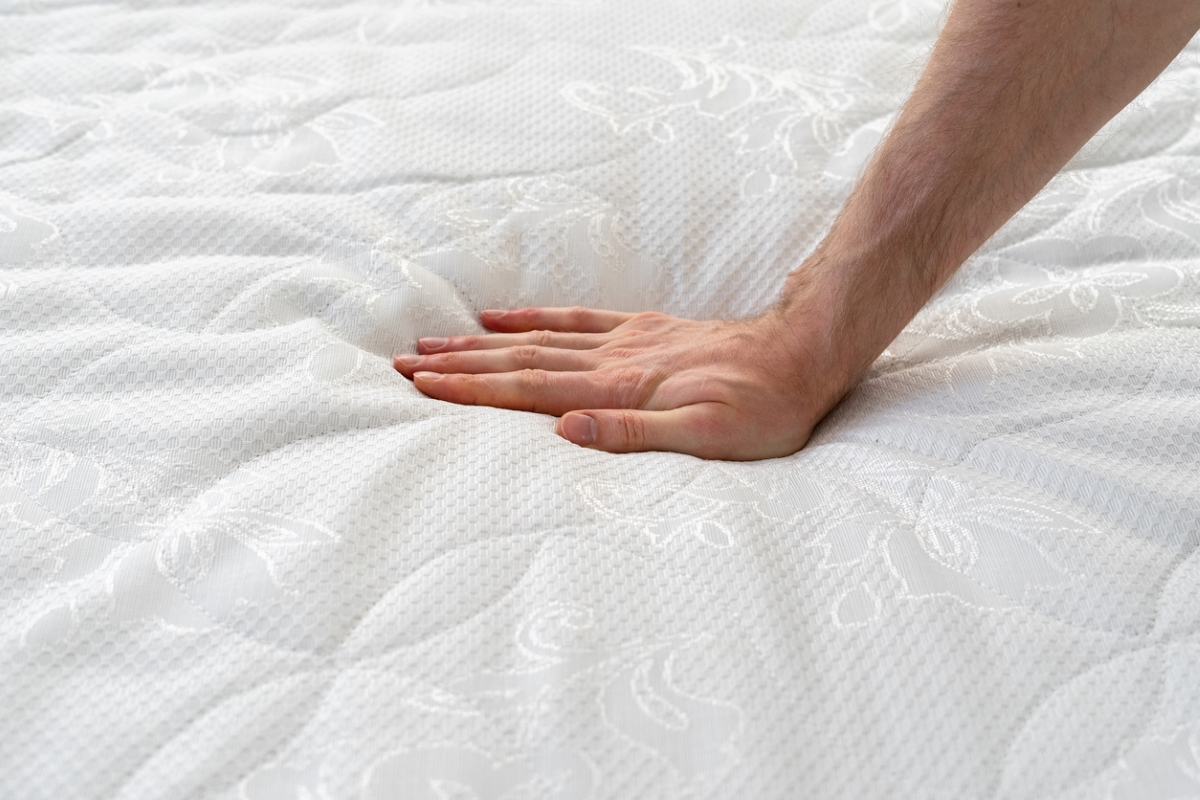
Choosing a memory foam mattress is a simple way to avoid needing a box spring. These mattresses are made of high-quality foam that adjusts according to an individual’s body shape as they lie on the bed.
As the foam conforms to the body, it provides comfort and support. This is usually a good option for those struggling with back, neck, or shoulder pain. A memory foam mattress can be placed on any flat surface, even on the floor.
6. Hybrid Mattress
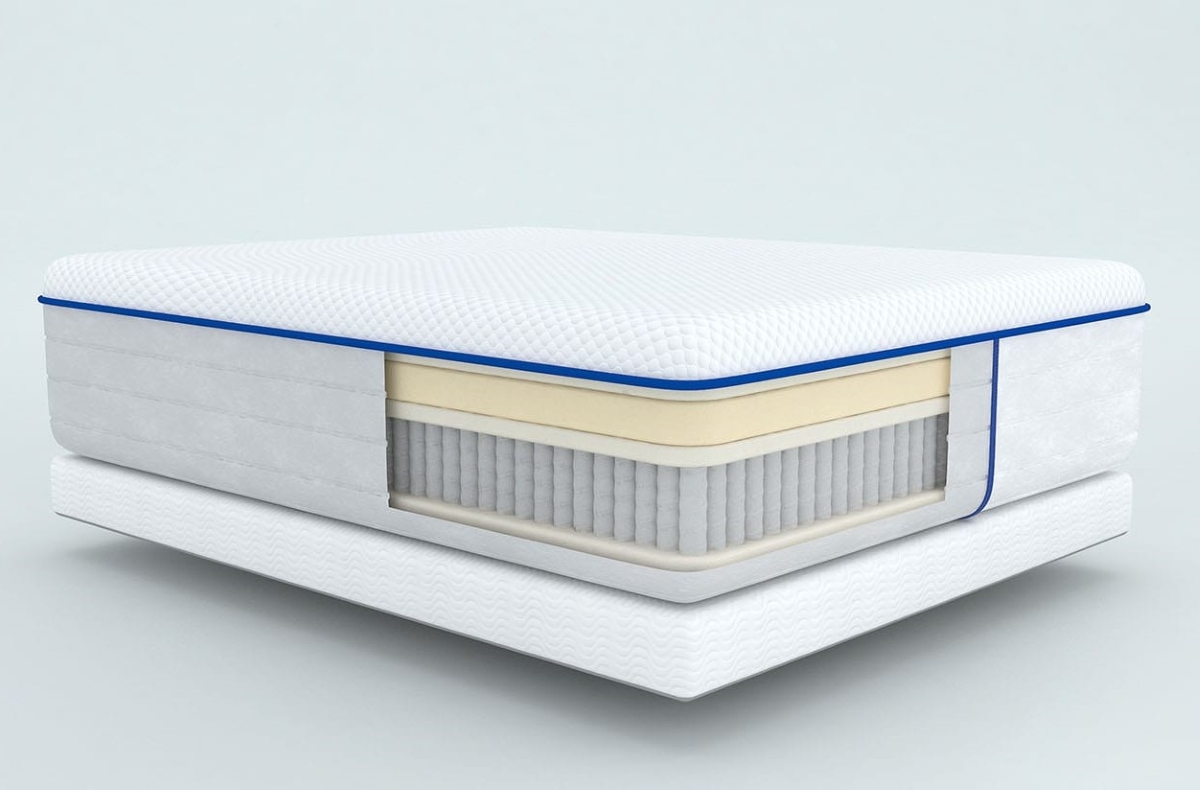
A hybrid mattress is another alternative to using a box spring. To provide a mix of both softness and firmness, they include a combination of a memory foam mattress and the coil springs of an innerspring mattress.
The bottom part of the hybrid mattress is made of an innerspring system to offer support, while the top has layers of memory foam that adjusts to one’s body shape. The coils keep the foam from sagging and boost the longevity of the bed.
7. Bunkie Board
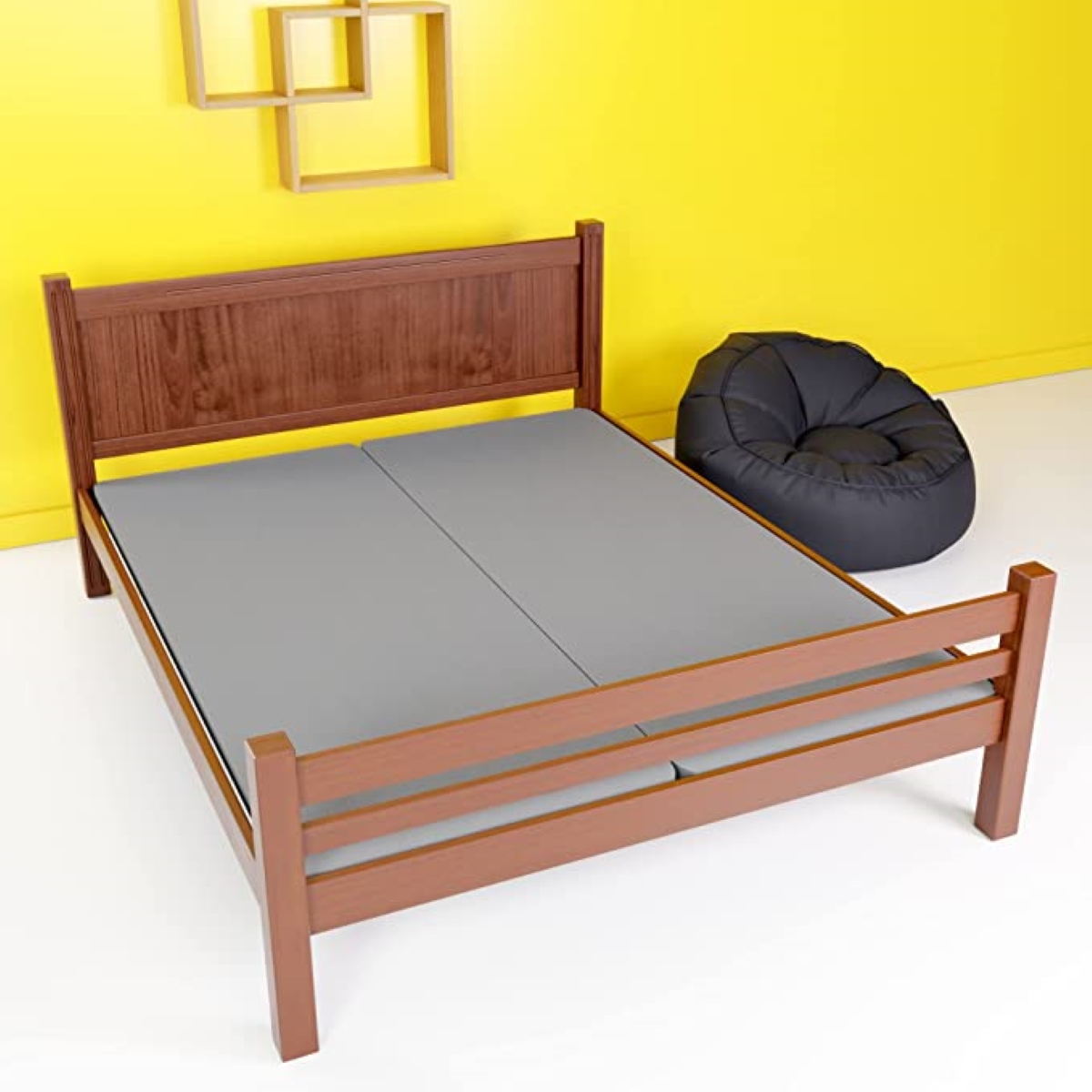
Originally developed for bunk beds because they are thin yet supportive, bunkie boards are now used more widely as an easy alternative to box springs. They are typically a piece of plywood, solid wood, or particleboard wrapped in fabric that is about 1 to 3 inches thick. The board sits between the mattress and bed frame to provide even support that also allows for airflow under the mattress.
Bunkie boards are lightweight, easy to move, and do not add much height to a bed. They are best used with memory foam mattresses, hybrid mattresses, latex mattresses, and innerspring mattresses. While bunkie boards can be purchased for a nominal fee, they can also be a DIY project.
8. Foldable Metal Bed Frame

A foldable or collapsible metal bed frame can be used in lieu of a box spring. As one of the least expensive options, this bed frame without box spring is made of solid metal with metal wires to support the mattress. They also have six or more support legs on the bottom of the frame.
Because it is so lightweight, a foldable metal bed frame is a good option for guest bedrooms and for those on a tight budget. The frames provide lots of space underneath that can be used for storage. And, of course, they are easy to store since they fold up.
9. DIY Milk Crate Bed Base

One of the most inexpensive and least impactful on the environment is upcycling—for example, with milk crates—for a cheap box spring alternative. Developed in the 1950s to transport gallons of milk, plastic milk crates are sturdy and can easily be reused to support a mattress.
To create this DIY box spring, line up four to eight rows of five or six crates and secure them in place with zip ties. Use two layers of milk crates to increase the height of the bed. While they provide a flatter surface for a mattress to rest upon and are stronger when placed with the opening up or down, some can be arranged sideways with the storage side facing out so items can be easily stored inside of them. Some opt for placing a bunkie board on top of the crates to add even more support.
RELATED: 9 Ways You’re Ruining Your Mattress
10. Place Mattress Directly on Floor
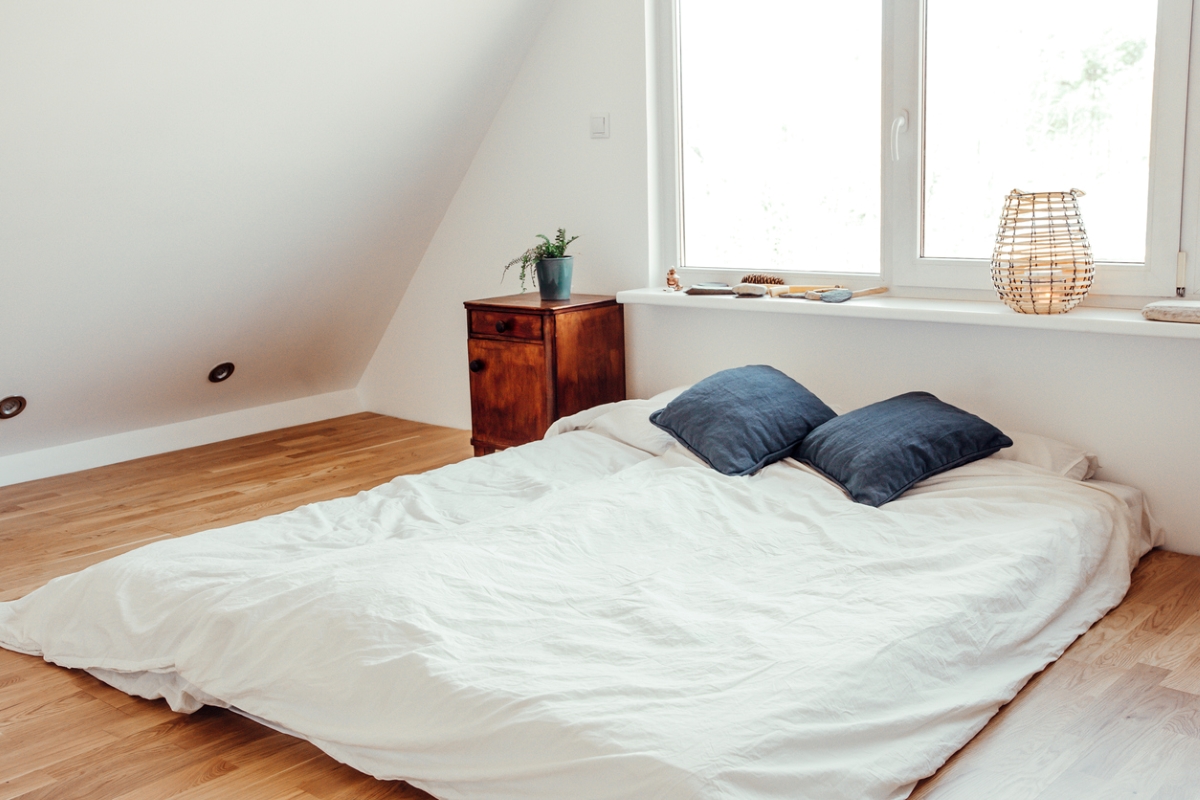
The simplest and cheapest way to avoid using a box spring is to put the bed directly on the floor. But, is this a good idea? While the flat floor provides a sturdy surface to support a mattress, there are some concerns.
First, direct contact with the floor prevents airflow under the mattress, which can allow for microorganisms to thrive. It can also increase the likelihood that mold will grow, which can cause health problems and ruin the mattress. Plus, it is less hygienic, making it easy for dirt, dust, allergens, and bugs to get on the mattress.
Placing a mattress on the floor can also make it more difficult to get in and out of bed, which can be challenging for some people. Finally, putting a mattress directly on the floor may void the manufacturer’s warranty.

